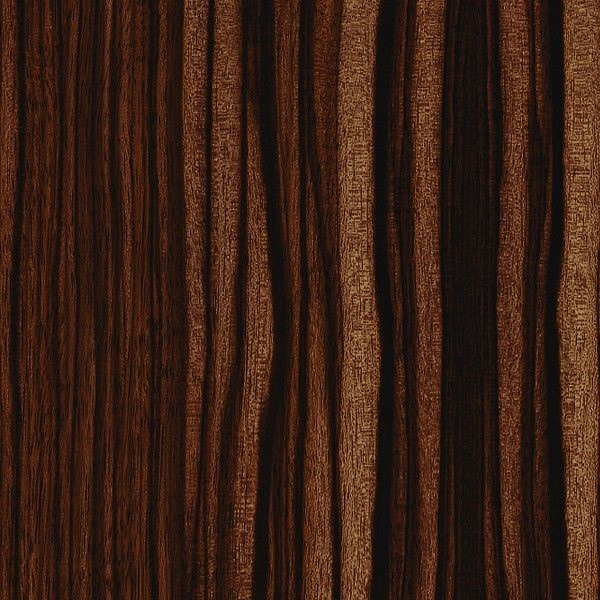

To find the contrasting color for your wood, identify the undertone and then look to the color wheel for the color that sits opposite the undertone. If you want your wooden furniture to stand out, then the best way to do this is by making bold contrasts against the other elements in your room. This will help you to determine what the contrasting and complementary shades are for that particular wooden item. To understand which colors will work best with your dark wood features, you’ll need to first identify the undertone of the wood. Some dark woods will have obvious undertones, such as mahogany which often has clear red tones running through it, but others are less perceptible. Dark woods tend to be among the more expensive woods to buy, such as mahogany, teak, and walnut, but you can also achieve a dark wood look by using dark stains and waxes.ĭark woods can vary in their depth and intensity to create varying levels of darkness, but they also each have their own undertones that affect how we perceive them and which colors they will look best with. Some people choose to paint their wooden features so that they work more seamlessly in a space, but if you prefer the natural warmth that wooden textures provide, then you can let the wood grain shine and base your color scheme around the color.ĭark wood is a popular finish because it gives off a classic and elegant look, or in unfinished examples, it can create a modern, raw, and rustic feel.

You might also have wooden architectural features in your home, such as wooden interior doors and door frames, as well as baseboards and trim. Wooden finishes might come in the form of hardwood floors, wooden countertops, wooden furniture, a wooden fireplace surround, wooden framed mirrors, or wooden paneling. Whether or not you intend for wooden surfaces to comprise part of your interior color scheme, it’s likely you will end up with some sort of wooden details in your room, so it makes sense that you incorporate them into your design.


 0 kommentar(er)
0 kommentar(er)
